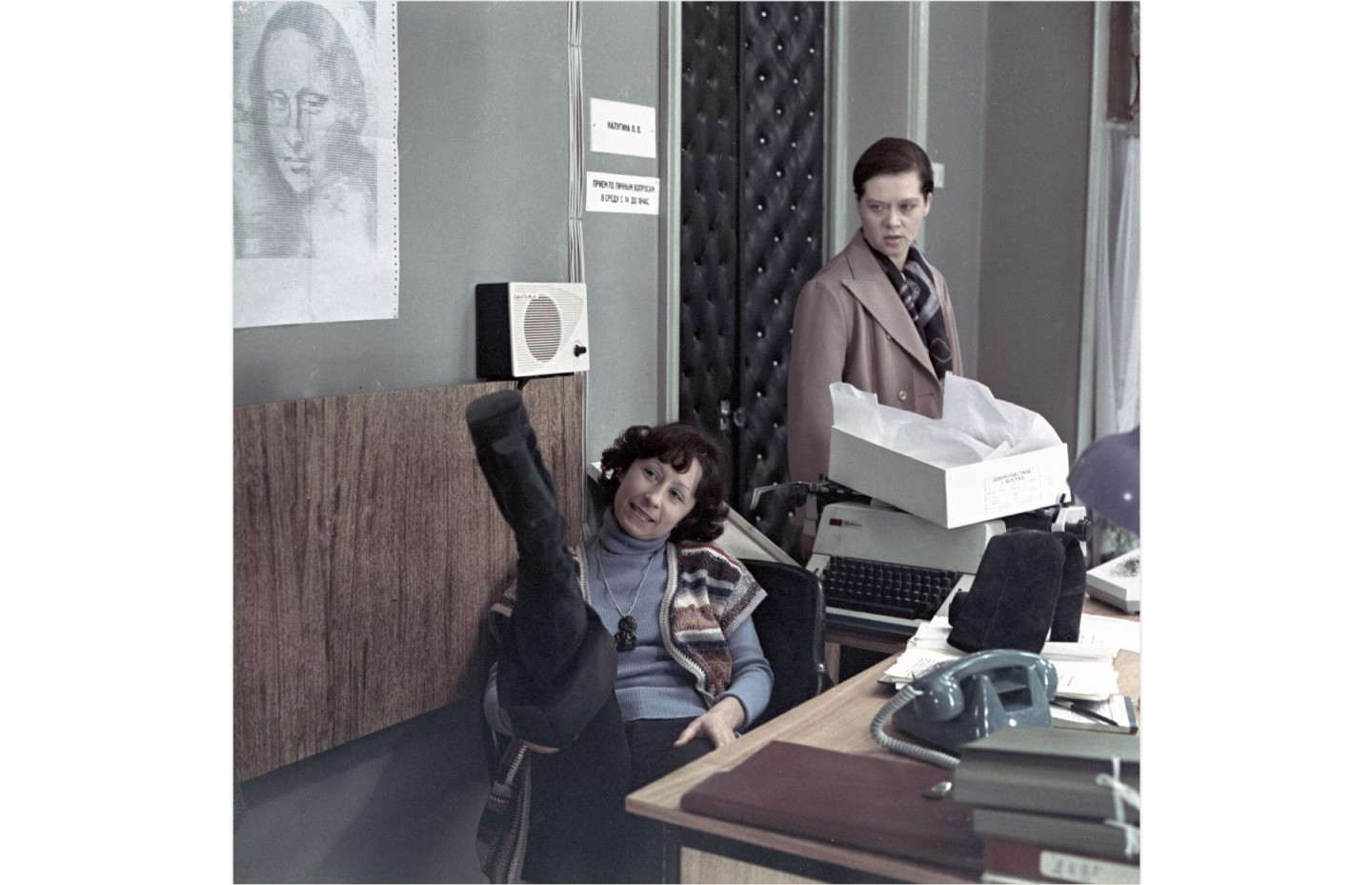
“After your film, we immediately went to the hairdresser, gave ourselves the same hairstyle, sewed ourselves the same dress and generally put ourselves in order” – letters with the following content Alisa Freindlich received it for her role in “Office Romance.” In the film, the actress played the role of Lyudmila Prokofyevna, the strict director of the “statistical institution”, whom the employees called “mymra” behind their backs. The brown suit, lack of styling, and characteristic gait (“She’s all hunched over, tied in a knot, all shriveled up like an old torn shoe…”) clearly did not mark her out as an attractive 36-year-old woman. The scene where secretary Verochka, played by Liya Akhedzhakova, gives her boss a master class in style and fashion shows, educated millions of Soviet women, inspiring them to change. Many even call “Office Romance” the first makeover show in history.
However, the film’s status and influence is due not only to the actresses and director, but also to those who are rarely seen in the opening credits – the costume designers. This profession is behind the scenes and, one might say, undervalued: how many similar specialists do you know by name? But nevertheless, thanks to their work, the images were etched into the memory so much that if a person raised on Soviet cinema were woken up at night, he would easily answer what kind of dress Lyudmila Prokofievna was wearing.
The costumes in “Office Romance” are the work of artists Edith Priede and Zhanna Melkonyan, who a few years later worked on the images in the film “Moscow Doesn’t Believe in Tears.” They were also actively copied, Zhanna Andreevna tells RBC Style, but not without surprise: the film was shot in the late 1970s, while the plot was centered on 1958. However, at the time of work, the artists, of course, did not think about whether the costumes would come off the screens and onto the streets. The script was paramount, as was the task that the director set for the team.
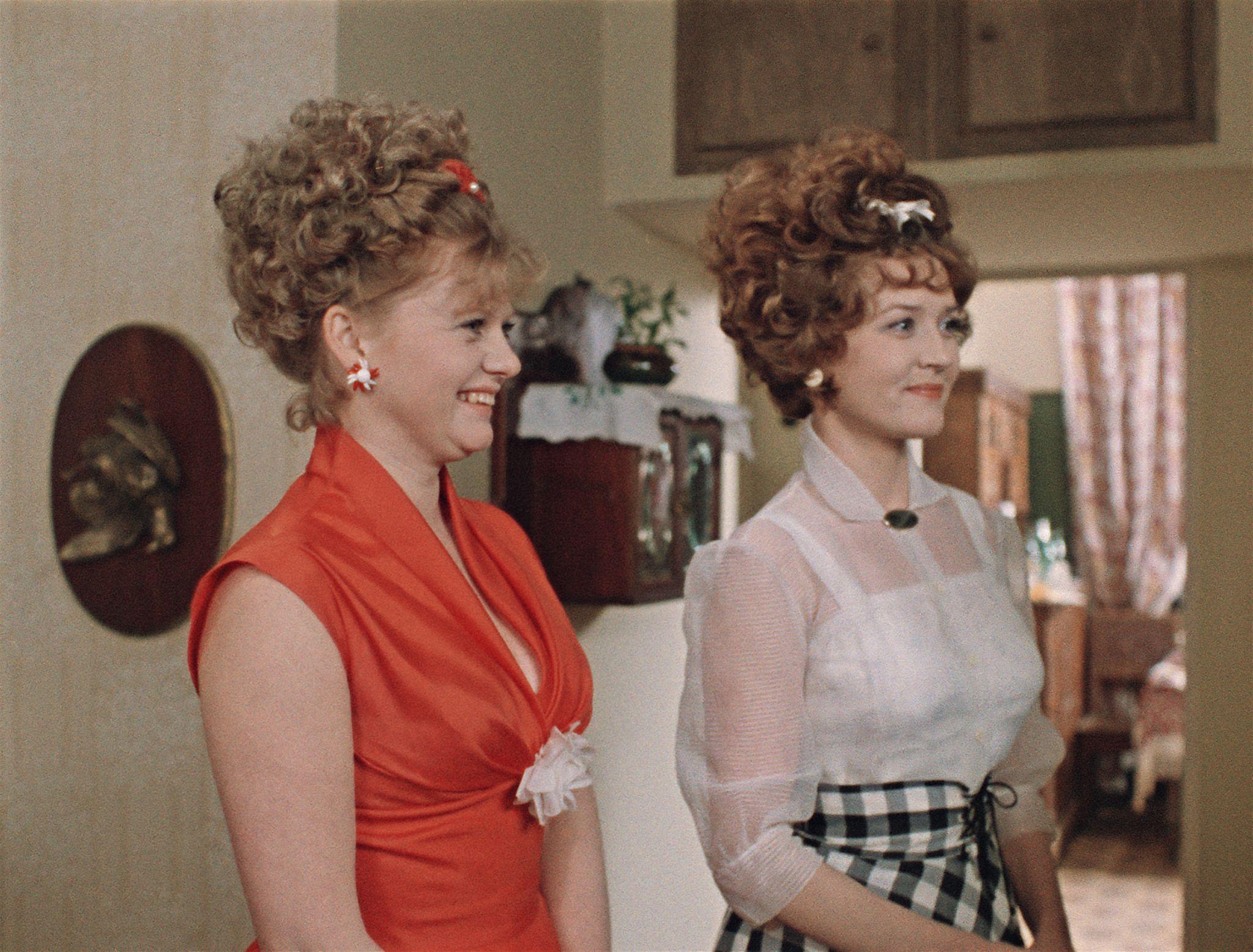
Still from the film “Moscow Doesn’t Believe in Tears”
“What is your profession?”
Costume designers came to the set from specialized universities. For example, VGIK, where in 1938, through the efforts of the Soviet painter Fyodor Bogorodsky, the main artist of Mosfilm at that time, Boris Dubrovsky-Eschke, and film artist Joseph Spinel (worked with the great Sergei Eisenstein on the films “Ivan the Terrible” and “Alexander Nevsky”) an art department appeared. Zhanna Melkonyan, graduated from the applied faculty of Moscow State Technical University. Kosygina, who specializes in fashion design, says that young people worked as assistants to venerable production designers and only then became independent creative units. She explains that educated specialists who were ready to invest in the profession were necessary in film production: “In Soviet times, many directors spent so much effort to achieve the production of a film that by the time filming began they were already exhausted. The professional costume designer, production designer, and cameraman were a good help for them.”
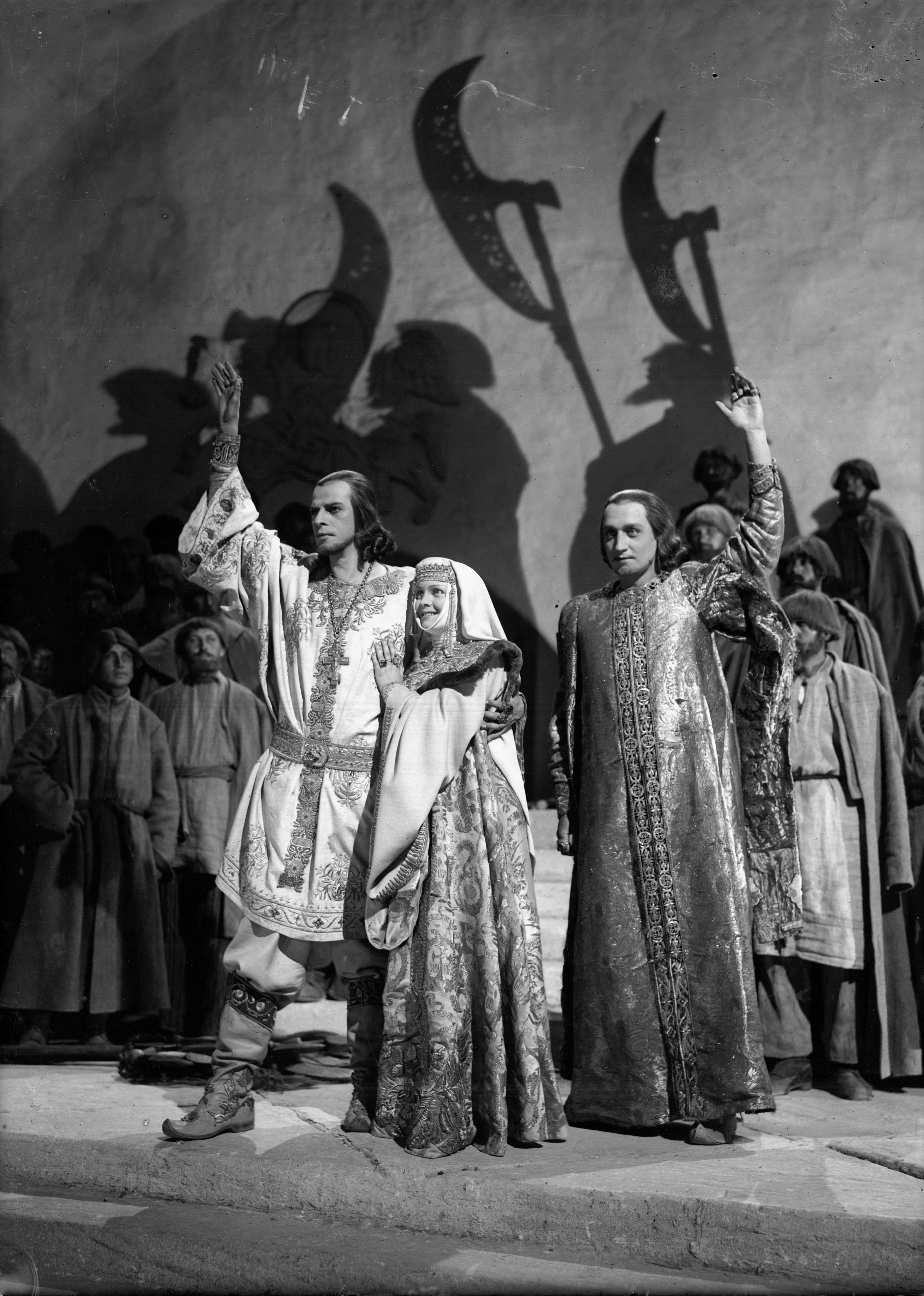
Still from the film “Ivan the Terrible”
The debut for Melkoyan herself was a joint American-Soviet film filmed in Moscow, where there were problems with the costume designer. The difficulty was that in the American film school they required that not only each scene, but also the details in it, be developed on paper in advance, while in the Soviet one the sketches were less detailed. Having developed her skills in drawing at the university, the costume designer, after familiarizing herself with the script and talking with the director, could quickly sketch out several options for images to choose from. However, the final decision was made after meeting with the actor. The candidate’s plasticity, condition and energy might not coincide with the prescribed image, so he might not be approved, which, as Zhanna Melkonyan says, could happen even to a people’s artist. However, sometimes the image was created specifically for the actor, if working with him was a long-standing dream of the film’s author.
Directors, as a rule, did not interfere in the process of creating sketches, explains costume designer, author of the Telegram channel “Film Costume for Dummies” Anna Bashtovaya. As an example, she cites the director of Soviet fairy tales, Alexander Ptushko, who completely trusted Olga Kruchinina, who worked with him. “But it happened differently,” says Bashtovaya. “For example, costume designer Nelly Fomina coordinated absolutely everything with Andrei Tarkovsky.” This Fomina herself confirmed: “I found the creative solutions that can be seen today in the films Solaris, Mirror and Stalker in dialogue with Tarkovsky. He attached great importance to the imagery of the costume and its details, since they tell a lot about the character and his condition.”
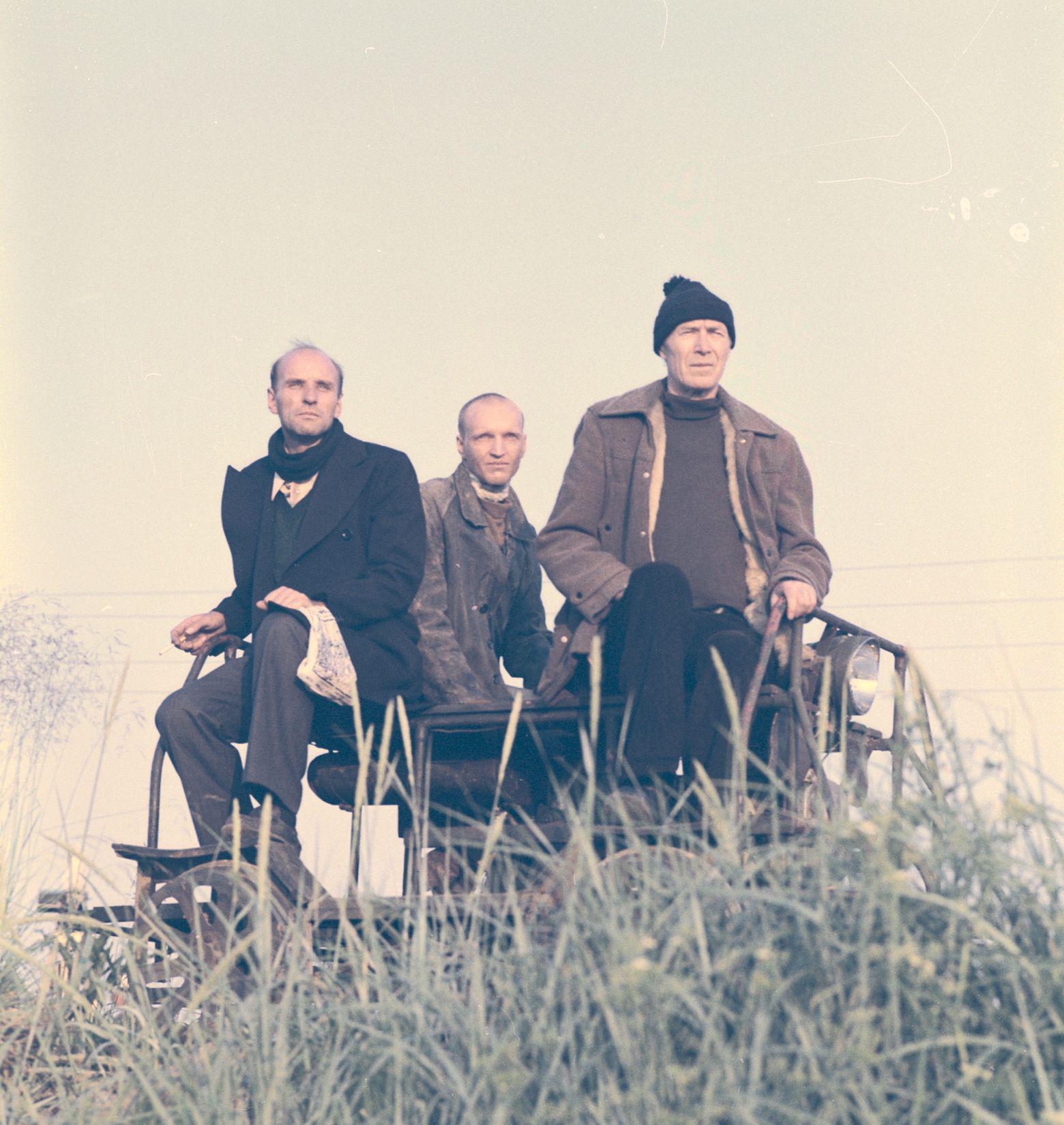
Still from the film “Stalker”
Ambition versus image
You have to look for a common language not only with the director, but also directly with the actor. Costume designer, deputy head of the House of Costumes and Props of the Mosfilm film studio Alla Oleneva reminds that the person in the frame should be comfortable in what he is wearing. However, sometimes artists resort to tricks to help this shot take place. Zhanna Melkonyan tells how she once picked out a sweater for an actor with a zipper in the neck, despite the fact that he couldn’t stand this detail. “He played an irritated hero who was not allowed into the House of Cinema. Then she told him: “Excuse me, but it had to be so.”
The willingness to accept the image required by the idea, aesthetics and duration of the film, despite not only one’s comfort, but also the desire to look attractive on the big screen, was and remains a criterion of professionalism. For example, the leading lady in “The Irony of Fate”, Barbara Brylska, more than once said that she considered Nadya’s dress “terribly unfashionable” (“Even the designer who made it cried, which I didn’t like”), but she still agreed to it. As an example of how the actors got used to the image, Mosfilm old-timer Alla Oleneva cites a chance meeting in the studio buffet in the 1970s: “Alice Freindlich stood in that very brown suit of Lyudmila Prokofievna. I also thought: “God, why does she look so bad?”
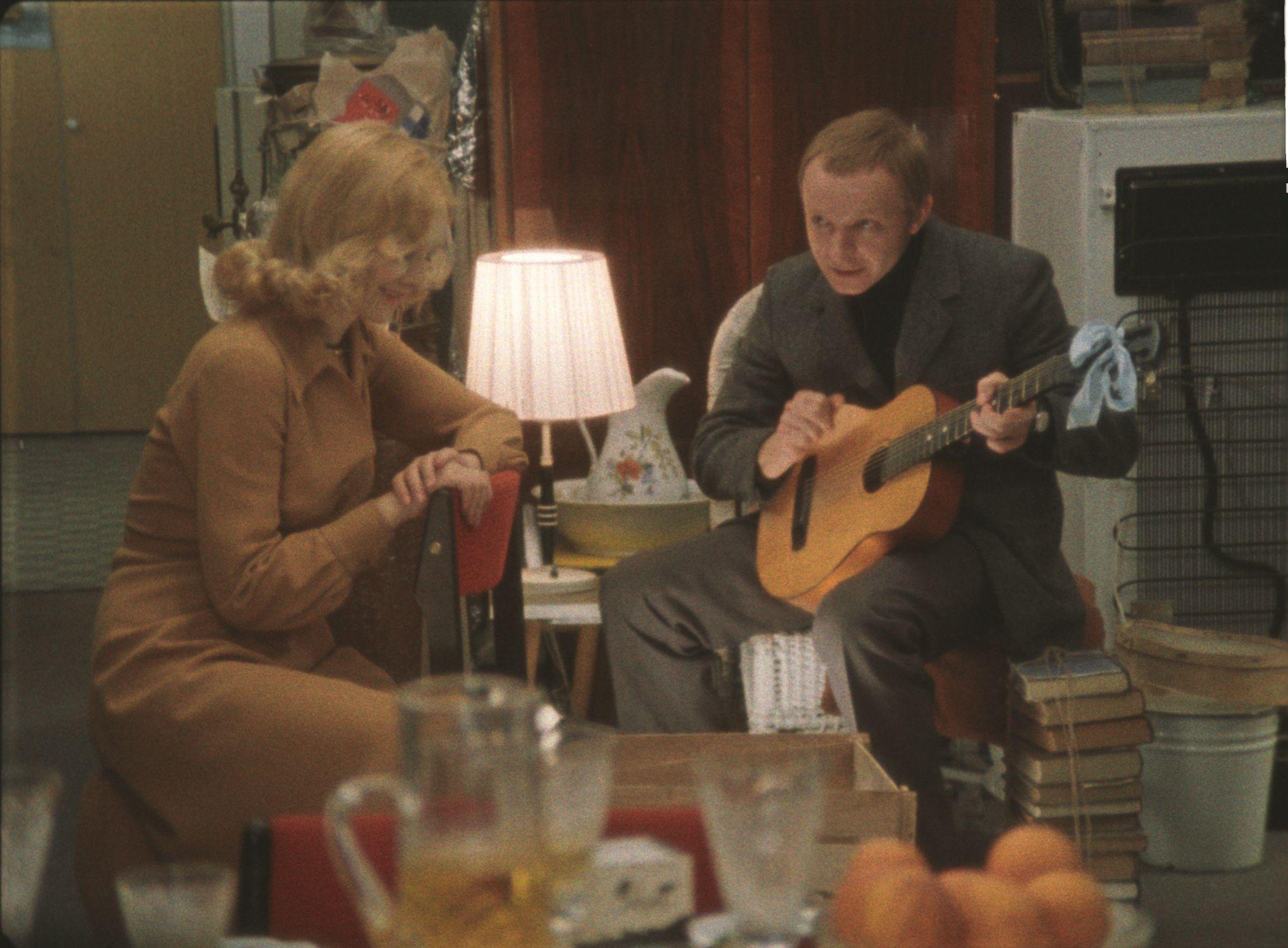
Still from the film “The Irony of Fate, or Enjoy Your Bath!”
When asked how it was possible to balance between the task at hand and the ambitions of the performers, and find the right approach to them, Zhanna Melkonyan answers with another story: “One very popular actress was supposed to come to us, whom everyone dreamed of having in the picture. Knowing my humor and disposition, my colleagues hid and said: “The only hope is in you.” I collected “sprinkles” from all over the studio – whoever had something valuable, I put it on all the fingers. I had to meet her, and I was like: “No, bring me tea.” The artist came in, I paid zero attention to her. Then she turned around: “Oh, will you wait or will you drink tea with me?” She was confused. She sat down, began to look at my jewelry, and was surprised that some costume designer had more gold than her. Then they finally started talking about the script. I took off my spillikins and said: “The circus is over, now let’s go to work, right?” She answered: “True.” And she seemed so glad that she didn’t have to prove anything. The work went brilliantly.”
Scarcity of things, but not ideas
If work on set required artists to also be psychologists, then during preparation for filming, namely collecting props, they literally became treasure hunters. Today, a team can find in a matter of hours both a well-tailored suit and a dress with any pattern, but in Soviet times the necessary things were not publicly available…
